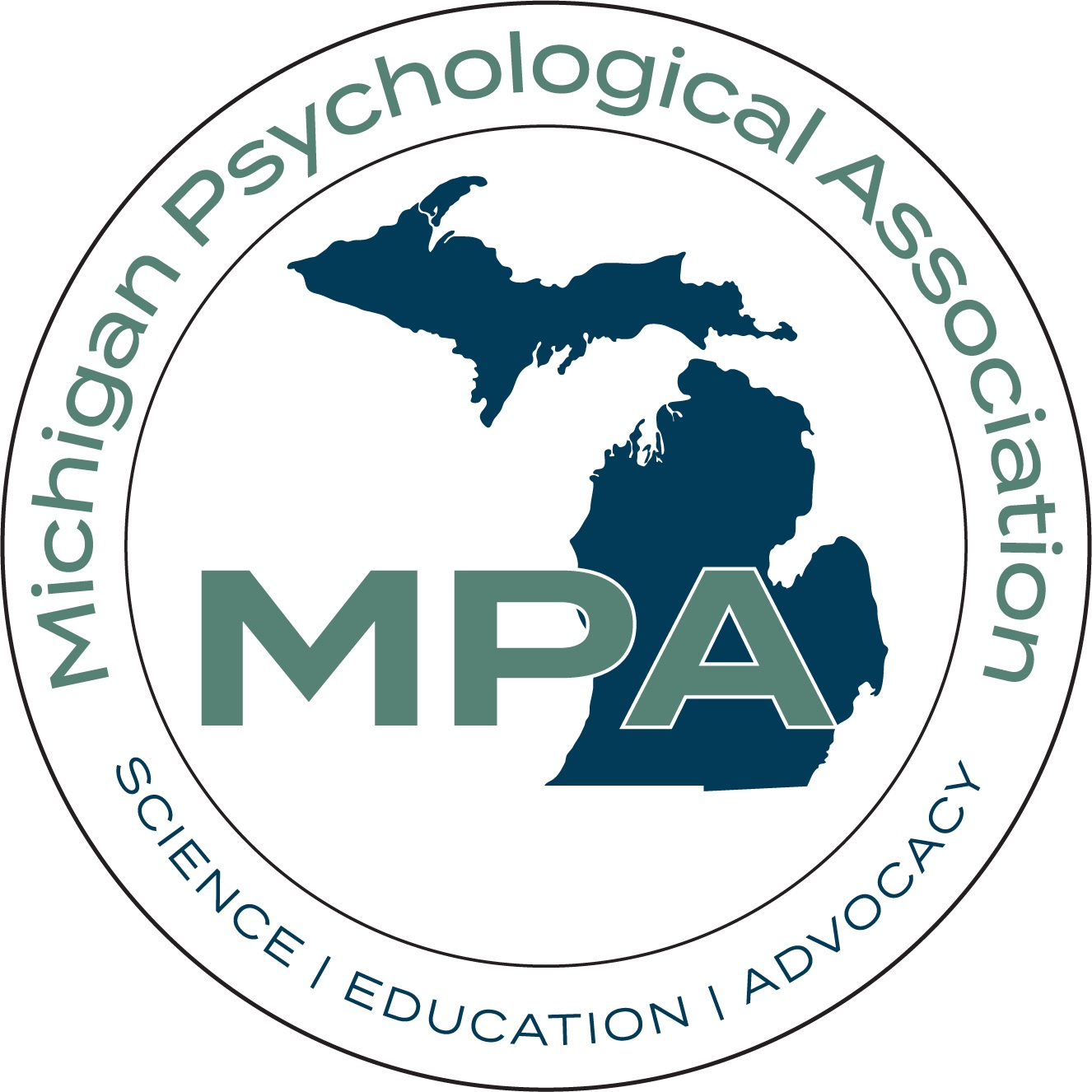What’s New in Psychology?
Deaths of Despair Vary Across Racial and Ethnic Groups
Jim Windell
The social theory “deaths of despair” was introduced by two economists in 2015 and quickly caught on – for a while.
Anne Case and Angus Deaton, the two economists who first sounded the alarm about deaths of despair, explained in their book “Deaths of Despair and the Future of Capitalism” that an overwhelming surge in deaths of working-class white people was brought on by social and economic forces. Their book painted a troubling portrait of the American dream in decline. For the white working class, today’s America has become a land of broken families and few prospects. Then, as the college educated become healthier and wealthier, adults without a degree are literally dying from pain and despair.
Case and Deaton speculated that rising rates of deaths among white Americans shared a common cause: rising despair and unemployment in areas such as the Rust Belt. Their theory, drawing on data showing that premature mortality – that is, deaths among 45-to-54-year-olds – was increasing, but only for white Americans. Data from Hispanic and Black Americans showed declining premature death rates, as did records from other affluent countries. The theory suggested that white people were dying at unprecedented rates and that they were killing themselves – quickly or slowly – from drugs, alcohol and suicide. These causes of death were found to be spiking for this demographic between 1999 and 2013.
However, a new study, recently published in the Proceedings of the National Academy of Sciences, reexamines the data and suggests that White Americans are more likely than Black and Hispanic people in the United States to experience “deaths of despair” even though they are less likely to suffer from severe psychological distress.
In this new study, Hui Zheng, lead author and professor of sociology at The Ohio State University, and Yoonyoung Choi, a sociology doctoral student at The Ohio State University, reevaluated this deaths of despair narrative, using data from a variety of sources, including the U.S. National Health Interview Survey Linked Mortality File, Centers for Disease Control and Prevention Multiple Cause of Death database, CDC bridged-race population files, Current Population Survey, and the American Community Survey.
Their final sample included 409,095 people. The researchers used “psychological distress” as a way to measure despair. In one of the datasets, respondents reported how often during the preceding 30 days they felt sad, nervous, restless, hopeless, or that everything was an effort. Based on their responses, participants were categorized into three groups, the highest being severely distressed. Then, they examined deaths between 1997 and 2014.
Zheng and Choi’s findings show that the percentage of white Americans experiencing moderate or severe psychological distress showed a consistent rise during the time studied. The increase was largest among whites without a college degree, which rose from 12.5% to 14.9%. The trends in levels of psychological distress for Blacks and Hispanics varied over the time period – but the two researchers noted that whites had a lower prevalence than the other groups through the entire period studied.
“The white population has an increasing trend of despair-related mortality after 2000,” Zheng says. “They are more likely to die from despair compared to Blacks and Hispanics, even though they have a lower level of despair overall.”
Another key finding was that, for white and Black Americans, deaths of despair go beyond deaths related to drugs, alcohol and suicide. “The influence of despair seems to extend to a broader range of causes of death, such as obesity, cardiovascular diseases, cancer, and Alzheimer’s disease,” Zheng explains.
This study can’t say why despair levels rose among whites, but others have pointed to the loss of good-paying blue-collar jobs, a perceived relative loss of status, less religious participation and a decline in marriage. What is clear from the work of Zheng and Choi is that the impact of psychological distress was harder on white Americans. For example, in 1997-2002, one model showed that severe distress was associated with a 114% increase in mortality among whites, but only a 44% and 51% increase among Blacks and Hispanics, respectively.
“The issue is that white Americans seem more vulnerable to despair – they are more likely to die from it,” Zheng says. Other researchers have speculated that Black and Hispanic Americans may be protected from the worst effects of psychological distress by higher levels of religiosity and stronger social support.
“These protective factors may temper the impact of despair for Blacks and Hispanics,” Zheng adds.
The authors of the study indicate that more research is needed to identify the underlying factors that create these differing trends in susceptibility to despair across the various racial and ethnic groups.
To read the original study, find it with this reference:
Zheng, H., & Choi, Y. (2024). Reevaluating the “deaths of despair” narrative: Racial/ethnic heterogeneity in the trend of psychological distress-related death. Proceedings of the National Academy of Sciences, 121(8), e2307656121.




